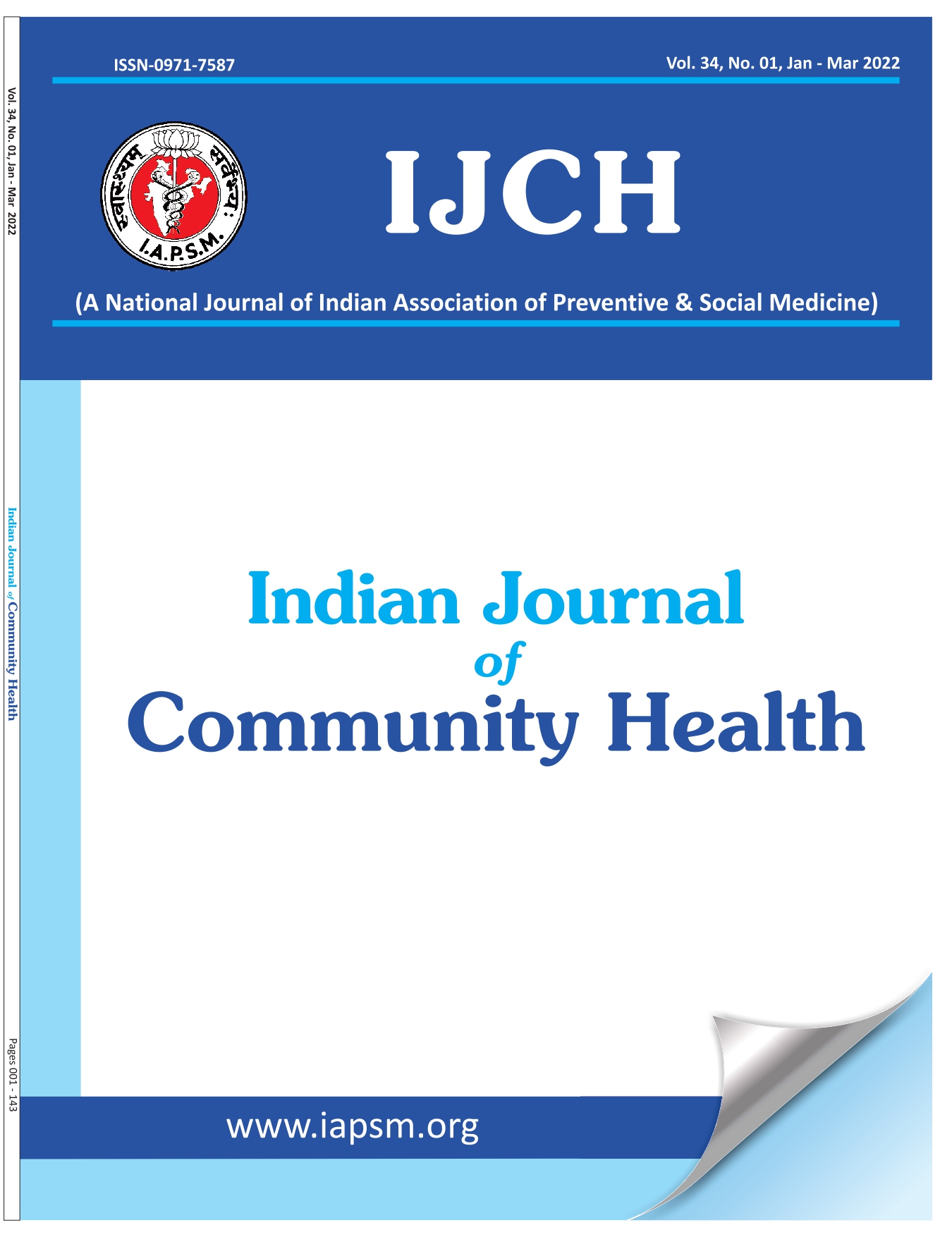Cerebral Palsy: Still A Social Problem
Abstract
Research Problem: What arc the social aspects of cerebral palsy? Objective: To determine the extent and severity of neuromuscular involvement in cases of cerebral palsy and to find out the associated defects among these children. Study Design: Cross sectional study. Setting: Tertiary care hospital, outdoor patients.
Participants: Children in the age group of 0 - 12 years. Sample Size: 120 children suffering from cerebral palsy. Study Variables: Social factors, neuromuscular involvement. Statistical Analysis: By proportions Result: Out of 120 cases, maximum number of cases (66.6%) were in the age group of 1- 4 years. 83 cases ( 69.16%) were males. Among the various types, spastic type was the commonest (87.5%). Of these spastic cases, 52 (49.52%) had quadriplegia. No case of tremor and rigidity was seen. Delayed milestones was the commonest associated disorder, seen in 107 (89.16%) cases, followed by speech defect in 58(48.3%) cases, visual defect in 34(28.3%) cases and convulsions in 24 (20.0%) cases. Hearing defect was seen in 5 cases (4.16%) only. Conclusion: More concerted efforts arc required to identify children with cerebral palsy and rehabilitate them for the betterment of society.





